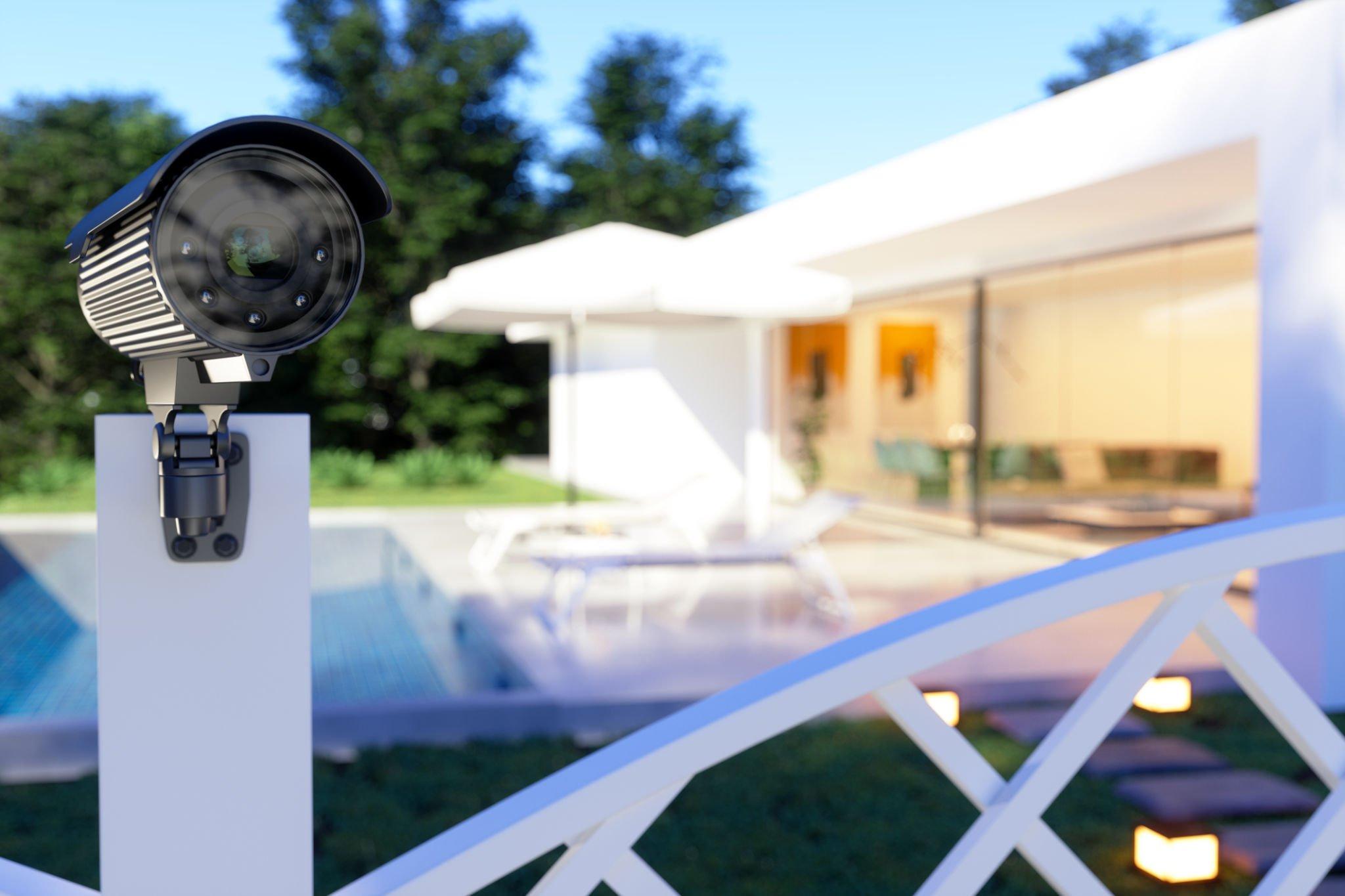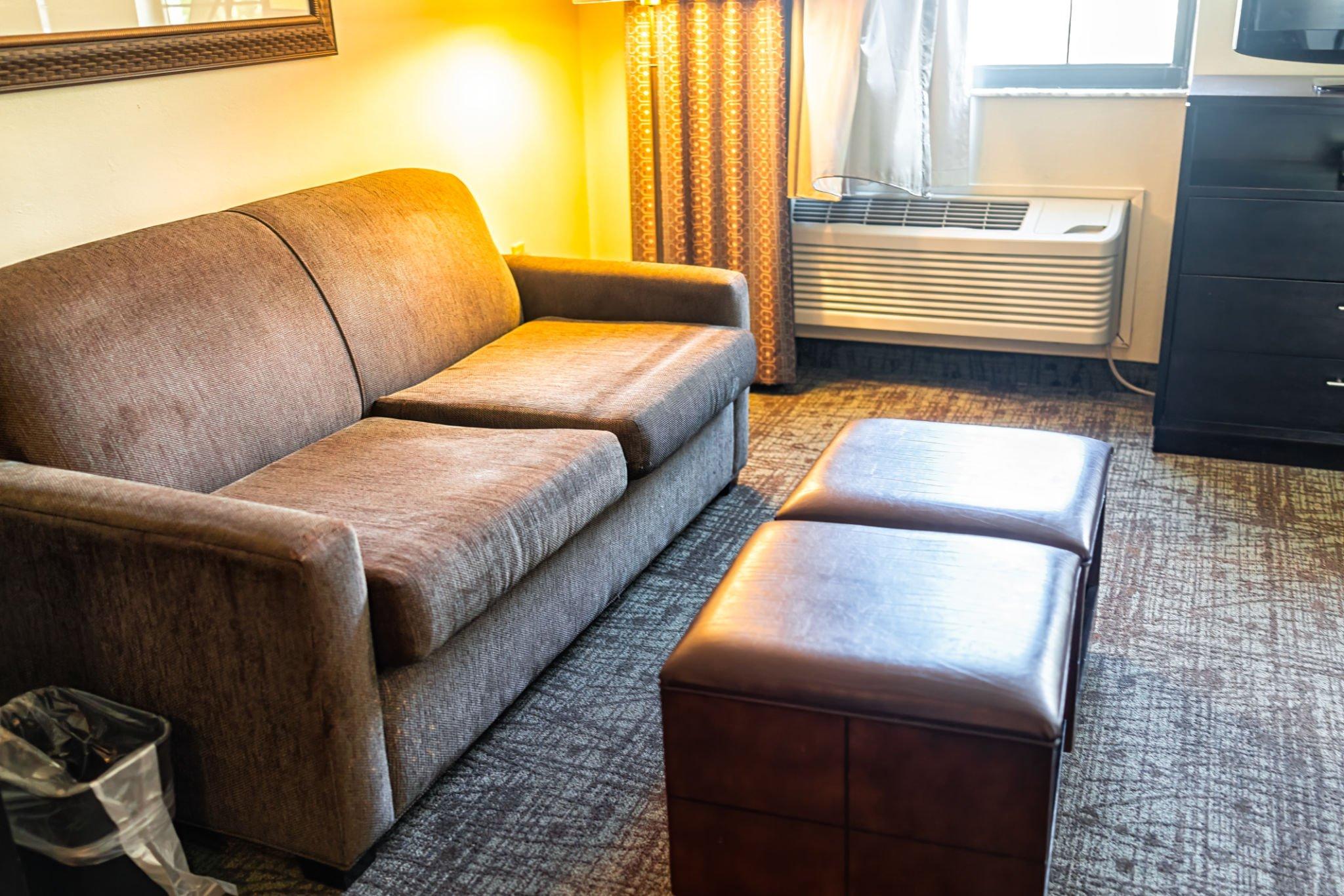When it comes to choosing a home video surveillance system, there are a lot of factors to consider. From the number of cameras needed to the type of technology used, it can be overwhelming to navigate the various options available.
However, professionals from Liaison Technology Group believe that with a bit of research and careful consideration, you can choose the right system for your needs.

1. Determine Your Surveillance Needs
The first step in choosing a home video surveillance system is to determine your surveillance needs. Ask yourself what you want to monitor and where you want to monitor it. Are you looking to monitor the inside or outside of your home?
Do you want to monitor specific areas, such as entryways or high-traffic areas? By answering these questions, you can better determine the number and type of cameras needed.
2. Choose the Right Type of Cameras
Once you’ve determined your surveillance needs, you’ll need to choose the right type of camera. There are various types of cameras available, each with its own features and capabilities.
Read also: 10 Cleaning Tips to Improve Air Quality in Your Home
Some common types include:
- Dome cameras: These cameras are ideal for monitoring large areas as they can rotate and capture footage from multiple angles.
- Bullet cameras: These cameras are best for outdoor use and are designed to withstand harsh weather conditions.
- PTZ cameras: These cameras offer pan, tilt, and zoom capabilities, making them ideal for monitoring larger areas or moving targets.
Consider the resolution and quality of the cameras as well. Higher-resolution cameras will provide clearer footage, but they also come at a higher cost.
3. Choose Wired or Wireless Systems

Another important consideration is whether to choose a wired or wireless video surveillance system. Wired systems are typically more reliable and offer better quality footage, but they can be more difficult to install and may require professional installation.
Wireless systems, on the other hand, are easier to install and can be more cost-effective, but they may experience connectivity issues and the quality of footage may be compromised.
4. Consider Storage Options
Video footage from your surveillance system will need to be stored somewhere. Many systems offer on-site storage options, such as a DVR or NVR, which can hold and manage footage.
Some systems also offer cloud storage options, which allow you to access your footage from anywhere with an internet connection.
Consider how much storage space you will need and whether you want to store footage locally or in the cloud. Keep in mind that cloud storage options will come with a monthly fee.
5. Look for Remote Access and Monitoring
Remote access and monitoring capabilities are important features to consider when choosing a home video surveillance system.
With remote access, you can view your footage from anywhere using a smartphone or computer. This feature is especially useful when you’re away from home and want to keep an eye on things.
Look for systems that offer remote access and monitoring capabilities and ensure that the system is compatible with your devices.
6. Consider Your Budget

Consider your budget when choosing a home video surveillance system. Systems can range from a few hundred to several thousand dollars, so it’s important to determine how much you’re willing to spend before making a purchase.
Keep in mind that while cost is an important consideration, you don’t want to sacrifice quality and reliability for a lower price. Look for systems that offer the features you need at a price you can afford.
The right system for you may not be the same as the right system for someone else. Take the time to assess your needs and prioritize the features that are most important to you.


